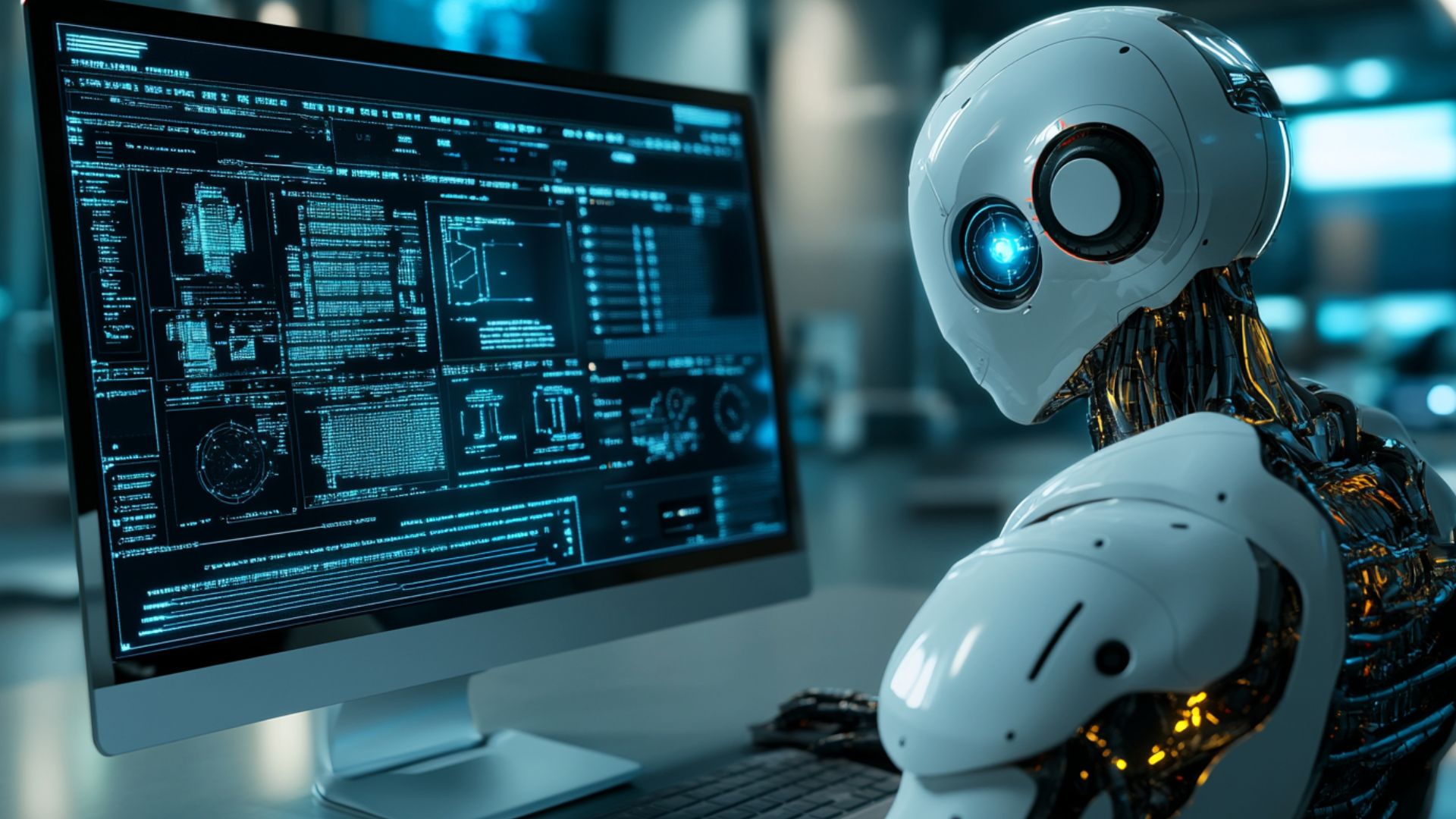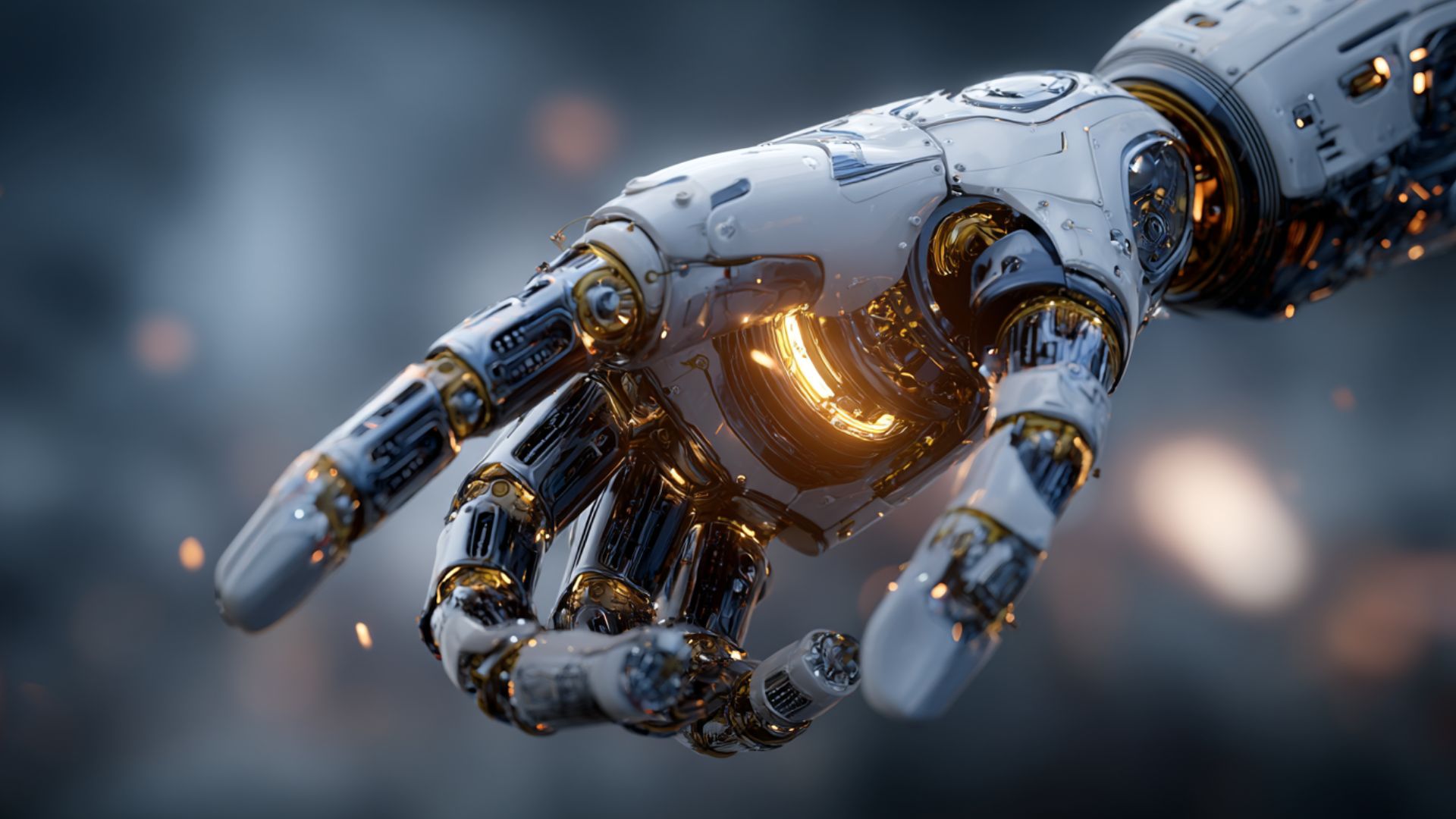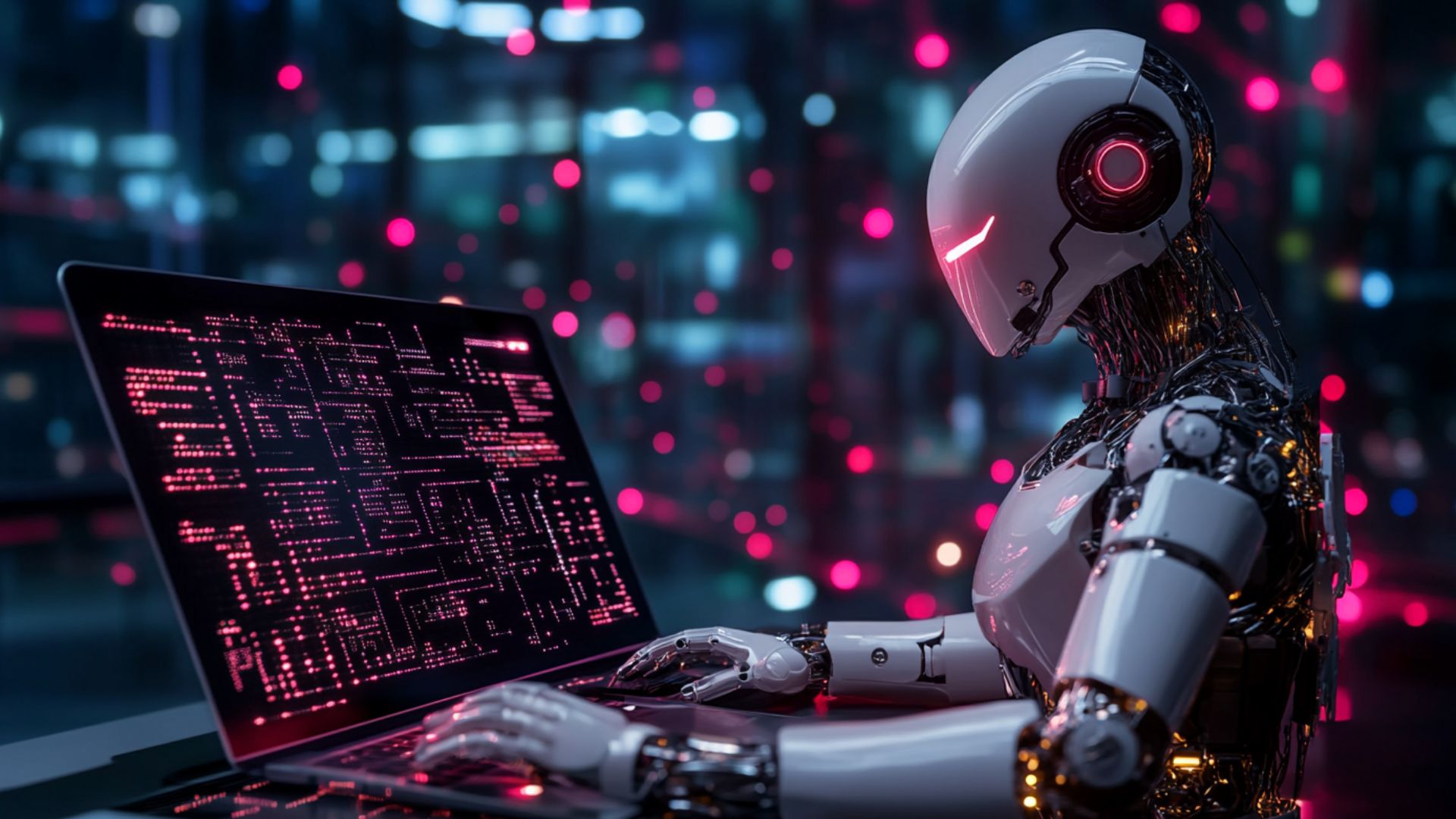The Neuroscience of Automated Decision-Making in Digital Workers

In the evolving landscape of the AI-driven workforce, the concept of automated decision-making among digital workers has become a focal point of innovation and discussion.
Organizations increasingly rely on artificial intelligence to enhance efficiency and productivity. And AI employee’s role in autonomously making complex decisions is now paramount. This introduction explores the profound implications of automated decision-making within AI. It sheds light on its relevance and transformative potential.
The integration of neuroscience in crafting AI employees adds a layer of intricacy. It allows AI to mimic cognitive processes and decision-making akin to the human brain.
We will examine the intersection of artificial intelligence and neuroscience. This unveils a new frontier where technology not only replicates human-like decision-making. But it evolves to surpass traditional boundaries, revolutionizing the landscape of digital labor.
The Role of the Digital Worker in Automation
In the business, the term "Digital Worker in Automation" encapsulates a transformative paradigm. It signifies the integration of artificial intelligence and automation technologies into the workforce. These digital workers are powered by advanced algorithms and machine learning. They play a pivotal role in reshaping traditional work and revolutionizing organizational dynamics:
- Definition and Significance. The term "Digital Worker in Automation" refers to a virtual entity. It's equipped with cognitive abilities. And it's capable of executing tasks traditionally performed by human workers. These digital workers have become indispensable in driving efficiency. It reduces operational costs and enhances productivity in diverse industries.
- Redefined Work Processes. Digital workers in automation are at the forefront of redefining work processes. They excel in handling repetitive, rule-based tasks. It liberates human workers to focus on more complex and creative aspects of their roles. This redefinition not only streamlines operations. But it also accelerates the pace of tasks. It leads to unprecedented levels of efficiency.
Organizations continue to embrace the transformative power of digital workers. And the synergy between AI and human capabilities becomes increasingly evident. It marks a paradigm shift in how work is conceptualized and executed in the modern era of automation.
Digital Worker Solutions: Bridging Technology and Human Intelligence
The evolution of digital worker solutions represents a groundbreaking intersection between:
- Cutting-edge technology.
- Insights derived from neuroscience.
It fosters a harmonious collaboration between artificial intelligence and human intelligence. This synthesis holds the key to unlocking unparalleled advancements in decision-making within AI:
- Understanding Digital Worker Solutions. Digital worker solutions signify a strategic amalgamation of technological advancements and neuroscience principles. It's to enhance the capabilities of AI-driven entities. They leverage the latest in artificial intelligence, machine learning, and neural network architectures. It's to create digital workers that emulate human-like cognitive processes.
- Synergy with Neuroscience. The incorporation of neuroscience insights into digital worker solutions marks a revolutionary approach. By mirroring aspects of the human brain's functionality, these solutions not only replicate. But they also elevate decision-making and problem-solving capacities in AI employees. The synergy with neuroscience enables AI to adapt, learn, and evolve like humans.
Unpacking the Automated Digital Worker
In tech advancements, the "Automated Digital Worker stands as a paradigm shift. It revolutionizes the traditional landscape of labor and productivity. Heralding a new era, this concept delves into the operational mechanics. They empower these digital entities to perform tasks autonomously.
At its core, it relies on artificial neural networks and machine learning algorithms. It's mimicking intricate human decision-making processes.
These systems adapt and evolve by amalgamating vast datasets and iterative learning. It enhances their efficiency and accuracy over time.
The use of neural networks enables the automated digital worker to:
- Comprehend.
- Analyze.
- Respond to complex situations akin to human cognitive capabilities.
The synergy between artificial intelligence and machine learning not only augments productivity. But it also reshapes the dynamics of the modern workforce.
Automation Digital Worker: A New Frontier in AI

In the landscape of AI, the ADW emerges as a groundbreaking force. It reshapes industries and redefines the future of work. This innovative concept represents a new frontier in AI. There, digital entities seamlessly integrate into various sectors, amplifying efficiency and productivity. They range from manufacturing to service-oriented industries.
The core essence of the automation digital worker lies in its ability to autonomously:
- Analyze vast datasets.
- Predict outcomes.
- Make decisions.
- Mirror human cognitive processes.
These AI employees have sophisticated algorithms. These enable them to sift through and interpret complex information with remarkable speed. By harnessing the power of machine learning, ADWs refine their capabilities over time. They adapt to dynamic environments and evolving challenges.
The transformative impact of automation digital workers is evident across diverse domains. They're from streamlining operational processes to enhancing decision-making in real-time scenarios.
Industries witness a paradigm shift as these digital workers seamlessly collaborate with human counterparts. It creates a synergy that propels organizations into a new era of tech prowess. This digital worker not only signifies a leap forward in AI. But it also heralds a future where the boundaries between human and AI work blur. It's ushering in unparalleled advancements across industries.
AI Employee: Beyond Traditional Automation
In tech progress, the term "AI Employee" marks a departure from traditional automation. It represents a more sophisticated and nuanced integration of AI into the workforce:
- Definition and Evolution. The term "AI Employee" refers to an advanced form of automation that goes beyond routine tasks. These entities are designed to emulate human-like cognitive functions and decision-making processes. The evolution of AI signifies a shift from basic automation to intricate technologies.
- Mimicking Human Neural Pathways. A key focus in the development of AI employees lies in mimicking human neural pathways. By replicating the intricate workings of the human brain, AI employees can engage in more nuanced decision-making. This involves the use of artificial neural networks. They enable digital counterparts to learn, adapt, and respond to different situations. And they can do it with a level of sophistication unseen in automation.
- Enhanced Decision-Making. Unlike traditional automation, AI employees excel in handling complex decision landscapes. Incorporating elements of human neural pathways brings a level of intuition and adaptability. It makes them invaluable in scenarios that demand a deeper understanding.
AI employees continue to evolve. And their departure from conventional automation signifies a new era. There, technology not only complements. But it also replicates and enhances the intricacies of human intelligence in work.
Conclusion
Exploring AI employees reveals a big change in how we use AI in the workforce. The idea of an "AI Employee" means it's not just about automating simple tasks anymore. Now, it's about making AI capable of smart decision-making and thinking like humans. This change shows a shift where technology doesn't just help humans. It tries to copy and improve what humans can do.
A crucial part of this change is focusing on copying how the human brain works in AI employees. Using artificial neural networks helps AI workers make detailed and complex decisions. This move away from regular automation opens up new ways to handle tough problems.
Looking ahead, the improved decision-making skills of AI employees suggest a future. There, working with machines becomes even smoother and more helpful. The teamwork between technology and human-like intelligence takes us to a time when AI employees don't just boost efficiency but also deal with more complicated decision situations.
This significant shift highlights technology's potential to be more than just a tool. It becomes a lively partner in making work more productive.


